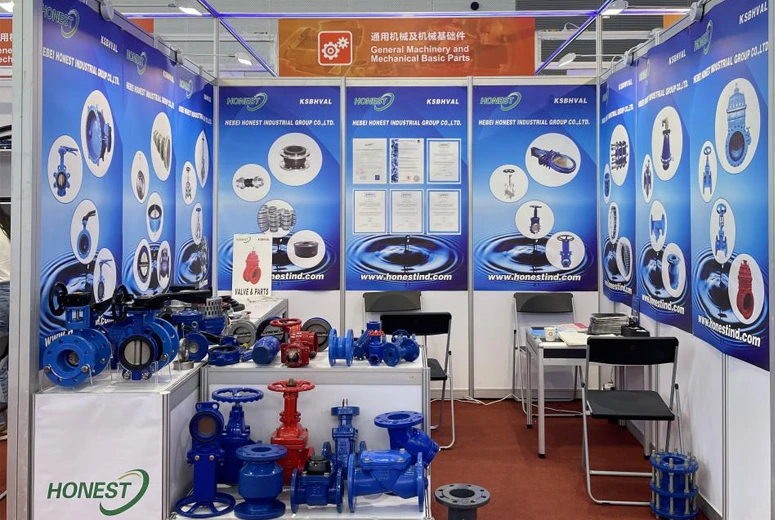Aug . 28, 2024 22:06 Back to list
pneumatic butterfly valve
Pneumatic Butterfly Valve An Overview
Pneumatic butterfly valves are vital components in many fluid control systems, widely used in industries such as water treatment, chemical processing, and HVAC. Their design and operational efficiency make them ideal for regulating the flow of various fluids with minimal pressure drop.
A pneumatic butterfly valve consists of a round disc mounted on a rotating shaft. The disc acts as a barrier and controls the flow of fluid through the valve. When the valve is open, the disc aligns with the flow, allowing fluid to pass through with ease. Conversely, as the shaft rotates, the disc closes partially or fully, obstructing the flow. This straightforward mechanism allows for quick and precise adjustments, making pneumatic butterfly valves an excellent choice for applications requiring rapid operation.
One of the primary advantages of pneumatic butterfly valves is their compact design. Compared to other valve types, they have a smaller footprint, which is particularly beneficial in tight installations. Additionally, their lightweight materials allow for easier handling and installation, reducing the need for labor-intensive support structures.
The operation of pneumatic butterfly valves relies on the use of compressed air. A pneumatic actuator is integrated into the valve, which automatically opens or closes the valve by rotating the disc. This automation enhances the valve’s responsiveness and efficiency, making it suitable for remote control applications. Moreover, pneumatic systems generally provide fast actuation and can handle high cycle rates, which is crucial in many industrial processes.
pneumatic butterfly valve

Another significant benefit of pneumatic butterfly valves is their ability to withstand high temperatures and pressures. They are made from durable materials such as stainless steel, plastic, or other alloys, providing resilience against the harsh conditions often found in industrial environments. This durability extends the lifespan of the valve and reduces maintenance costs over time.
In terms of flow characteristics, pneumatic butterfly valves are known for their excellent throttling capabilities. By adjusting the angle of the disc, operators can achieve varying flow rates and pressures, offering a versatile solution for fluid management. This feature is particularly useful in applications where precise control is essential.
However, there are a few limitations to consider. While they are efficient for regulation and control, pneumatic butterfly valves may not be suitable for certain high-viscosity fluids or those containing solids, as the design can lead to wear and potential jamming issues.
In conclusion, pneumatic butterfly valves are an integral part of modern fluid control systems. Their compact design, efficient operation, and robust performance make them suitable for various industrial applications. As industries continue to evolve and expand, the demand for reliable and effective valve solutions like the pneumatic butterfly valve is likely to grow, ensuring their place in fluid management for years to come.
Share
-
Reliable Wafer Type Butterfly Valves for Every IndustryNewsJul.25,2025
-
Reliable Flow Control Begins with the Right Ball Check ValveNewsJul.25,2025
-
Precision Flow Control Starts with Quality ValvesNewsJul.25,2025
-
Industrial Flow Control ReliabilityNewsJul.25,2025
-
Engineered for Efficiency Gate Valves That Power Industrial PerformanceNewsJul.25,2025
-
Empowering Infrastructure Through Quality ManufacturingNewsJul.25,2025